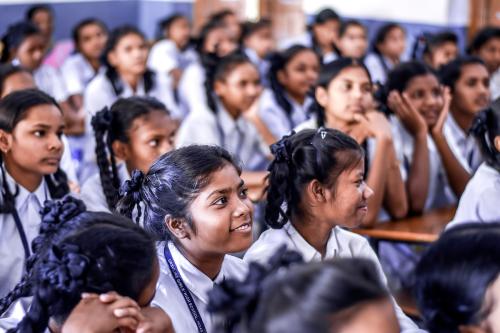Abstract
This working paper evaluates the relationships between perceived opportunities with regard to fertility choice, the value of human capital and the income levels for families in Latin America. Scholars Louise Keely and Margaret MacLeod hypothesize that the perceived returns to human capital and to income uncertainty are important determinants of recent cross-sectional variation in Latin American fertility. An empirical study of cross-country individual level data supports the hypothesis. In particular, the scholars find that a higher perceived return to human capital and higher income uncertainty both lead to higher fertility, all else equal. The scholars interpret the evidence to suggest that increasing economic opportunity in Latin America should be accompanied by institutions that provide social protection in order to promote further decreases in fertility toward the replacement rate.
Introduction
The fertility decline in Latin America, as part of a more general demographic transition, dates from around 1960. Though fertility levels currently remain above replacement levels, and are higher than in Western Europe (see Table 1), the fertility decline in Latin America is expected to continue.
Many studies aim to explain the downward trend in Latin American fertility rates. These studies of population dynamics often focus on the relationship between fertility and income or education. Generally, the empirical correlations found are negative.


